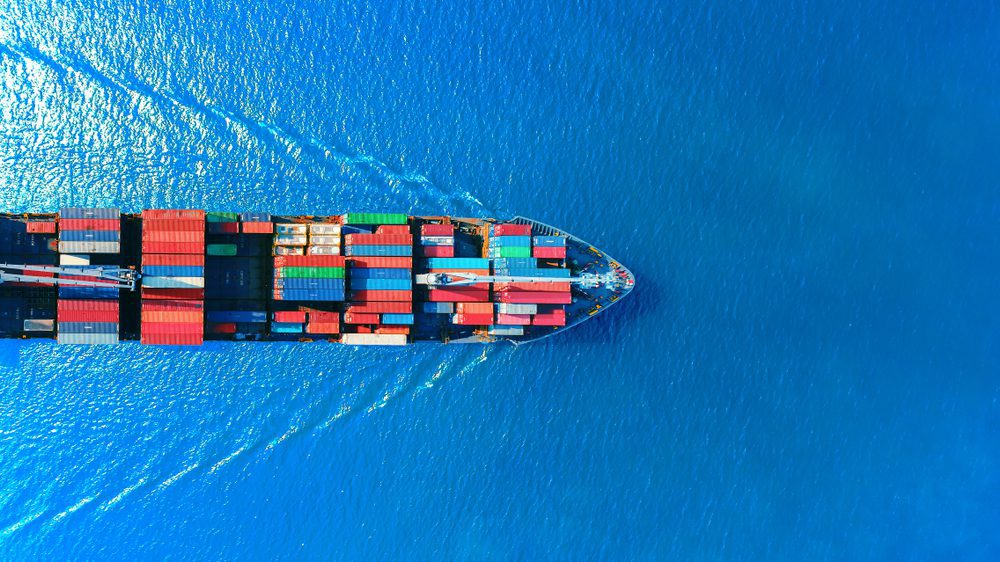Are you shipping your goods through an ocean freight forwarder? Great idea, for it is cheap and the best! However, if you are unaware of the ocean freight forwarding terms or the ocean freight acronyms, it can add complexities to achieving your shipping goals. Not knowing a few ocean freight terms may make your shipping experience challenging and overwhelming. These are the terms that you will come across very frequently while doing the shipping documentation, signing the commercial agreements, etc. For your help, we have piled up a few and have presented them in this article. So, let’s break it all.
The entity you are sending your goods to is called a consignee. Along with this term, you will also need to know what are consignor and consignment. The company that ships your goods is called a consignor while consignment is the goods that are being shipped.
The costs of the goods at the point of entry into a country are called Landed costs. It includes costs incurred due to transportation, taxes, duties, handling fees, insurance, etc. Remember, it doesn’t include the costs incurred after the goods leave the import point.
The truck service that is used to moves containers to and from the port is called Drayage.

The document that acts as an agreement between the carrier and the shipper is called BOL/ Bill of Lading. There are usually two types of BOL that are house and master.
While the house bill of lading (HBL) is an agreement between you and your freight forwarder/ NVOCC, the master bill of lading (MBL) is an agreement between your freight forwarder/ NVOCC and the actual carrier.
The insurance for ocean freight is called Marine Insurance. The good news is it can cover loss or damage that occurred to your cargo during the transition. Like most insurances, it helps you mitigate the mentioned risks in exchange for a significantly small amount of money.
While shipping LCL, the container is shared between your shipment and cargo from other importers. Though it is economical, the consolidation & deconsolidation of the shipment before & after the ocean transit leads to a longer transit time.
In this case, the container is occupied by only your cargo. So, the transit time is not that long.
Steamship line or Carrier are the common terms for the same thing. They talk about the company that operates the vessel. For instance, being in this business, you might have seen Evergreen, Maersk, OOCL, etc. written on the container. They signify the names of the ocean carrier or steamship lines.
The International Chamber of Commerce (ICC) publishes the trade terms that are usually called Incoterms. These trade terms are globally recognized by the shipping industry. Through incoterms, you and your supplier define risks and responsibilities in a given transaction. The examples of two incoterms could be “Cost Insurance and Freight (CIF)” and “Free on Board (FOB).”
NVOCC is a type of Ocean Transportation Intermediary (OTI). Though people often used this term as synonymous with the freight forwarder, technically the two are different to some extent. Acting as the virtual carrier of your shipment, NVOCCs issues their bill of lading.
Make sure you do your homework before you step into the field of shipping and logistics. If not all, at least learn the most frequently used ocean freight terms or jargon. Have more queries about the ocean freight forwarding terms. Do share in the comments. We would love to help you navigate the ocean freight logistics world.
21 September 2021